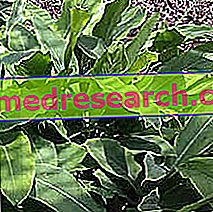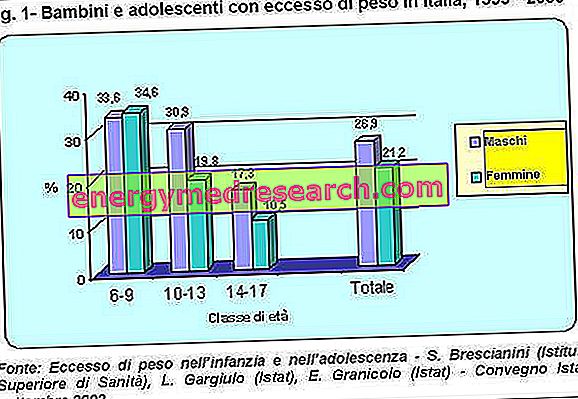
Scientific name
Cichorium intybus L.Family
Asteraceae (Compositae)Origin
Common herbaceous plantUsed Parts
In herbal medicine leaves and roots of chicory are usedChemical constituents
- Sesquiterpene lactones, among which we find the bitter substances;
- Polyphenols, among which the flavonoids stand out;
- Organic acids;
- Idrossicumarine;
- Fibers (inulin).
Chicory in Herbal Medicine: Properties of Chicory
Chicory extracts are often used to treat biliary dyspepsias, chronic constipation, irritable bowel, flatulence and meteorism. To underline also the general purifying property with a mildly laxative and diuretic action.
The latex extracted from chicory is used for the production of bitters, digestives and aperitifs.
The toasted chicory root is an excellent substitute for coffee.
The rational use of chicory in cosmetics is linked to its purifying action.
Biological activity
The use of chicory has been officially approved for the treatment of dyspeptic disorders and to combat loss of appetite, thanks:
- to the slightly choleretic and cholagogue action it is endowed with (ie this plant is able both to stimulate the secretion of bile, and to favor its flow from the gall bladder towards the intestine)
- to its ability to stimulate the secretion of gastric juices and intestinal transit.
More precisely, these properties are attributable mostly to the sesquiterpene lactones (therefore, to the bitter substances) contained within its roots; but it also appears that organic acids, fibers and flavonoids may be implicated in the aforementioned beneficial activities.
Moreover, from studies conducted on animals, it emerged that chicory is able to reduce the force of contraction and heart rate, therefore it has negative chronotropic and inotropic effects.
Other studies conducted on animals, on the other hand, have shown that chicory extracts have potential cholesterol-lowering properties and the potential ability to slow down the course of diabetes, delaying the onset of its complications.
Finally, from the various researches conducted, a potential hepatoprotective activity of chicory was also highlighted, which seems to be exercised through a reduction in oxidative stress caused by free radicals.
However, despite the encouraging results obtained, before reaching the official approval of the above therapeutic applications of chicory, further research and new clinical studies have yet to be carried out.
Chicory against dyspeptic disorders and loss of appetite
As mentioned, thanks to the cholagogic, choleretic and favoring the production of gastric juices, which are conferred above all by the sesquiterpene lactones contained in it, chicory can be used to counter dyspeptic disorders and to promote appetite.
As an indication, for the treatment of the aforementioned disorders, it is recommended to take about 3 grams of crushed drug per day.
Chicory in folk medicine and herbal medicine
In folk medicine, chicory is mostly used as a laxative remedy for children.
Chicory is also used in the homeopathic field, where it can be found in the form of granules or solutions. In this case, it has therapeutic indications for the treatment of cystitis, inflammation of the bladder, constipation, gallstones and to counteract the insufficient production of bile.
The dosage of remedy to be taken can vary depending on the type of preparation and the homeopathic dilution that you intend to use.
Side effects
If taken at the recommended doses, chicory should not cause any kind of unwanted effects. However, following skin contact with the plant, sensitization reactions may occur.
Contraindications
Do not take in case of hypersensitivity to one or more components, gastritis or peptic ulcer. Due to the generous presence of inulin, the use of chicory should be avoided in the case of abundant intestinal fermentation.
Pharmacological Interactions
- inulin behaves like a fiber, so at high doses and for prolonged periods, chicory can reduce the absorption of drugs taken at the same time.



